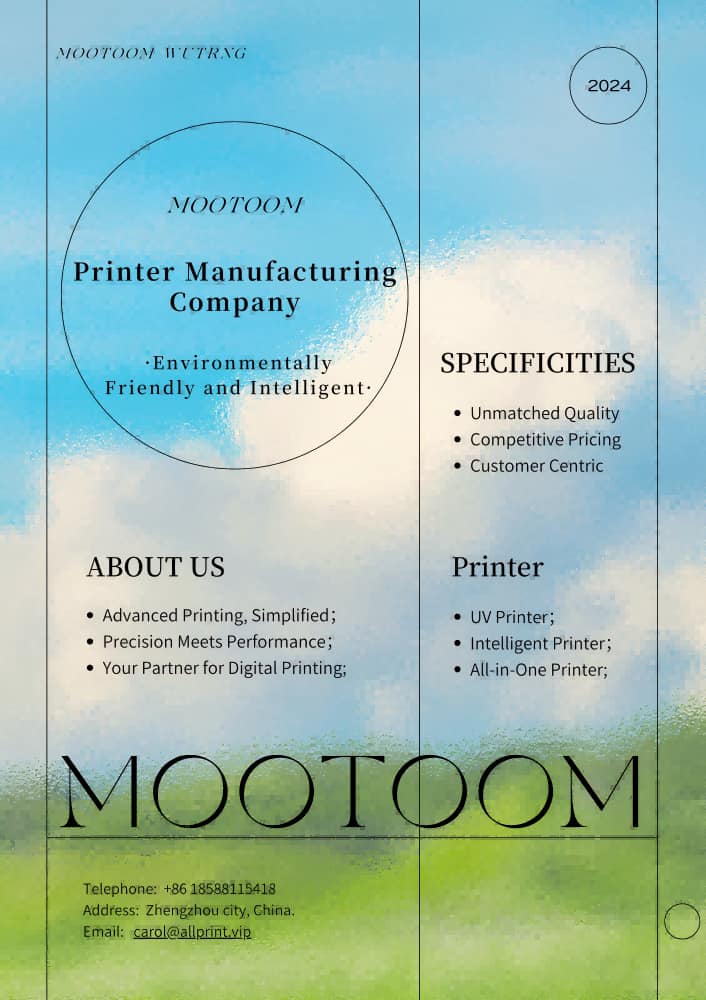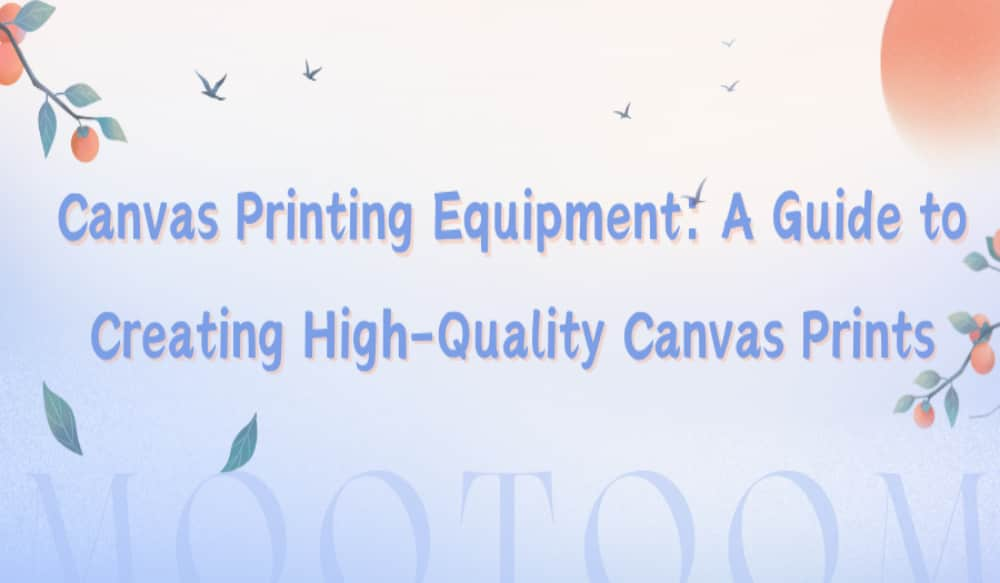
The First Printing Machine in the World: A Revolutionary Invention
The invention of the printing press marks one of the most significant milestones in human history. revolutionizing communication, education, and culture. The first printing machine in the world, developed by Johannes Gutenberg in the 15th century. is often credited with paving the way for the mass production of books and written materials. leading to the spread of knowledge and the democratization of information.
In this blog post, we’ll explore the history of the first printing machine. how it worked, and its profound impact on society.
The Origins of Printing: Before Gutenberg
Before the invention of the printing press, the process of copying books and documents was extremely slow and expensive. Monks and scribes had to copy manuscripts by hand. a labour-intensive process that made books rare and inaccessible to most people.
Whilst some early forms of printing existed before Gutenberg. such as the engraved plates of the Tang Dynasty in China. these methods were limited in their ability to produce large quantities of text quickly.The challenge was to create a device. This could print multiple copies efficiently, but without the need for skilled labour to print each page.
Johannes Gutenberg: The Inventor of the First Printing Machine
Johannes Gutenberg, a German goldsmith and inventor, is widely regarded as the father of the modern printing press. Around 1440, he began experimenting with movable type. an innovation that would fundamentally change the way information was disseminated.
Gutenberg’s invention combined several key elements:
- Movable Metal Type: Individual metal letters or characters could be rearranged and reused. allowing for faster and more flexible printing compared to the fixed wood blocks used in earlier methods.
- Oil-Based Ink: Gutenberg has developed a special oil-based ink, which. in contrast to conventional water-based inks. adheres better to metal type and paper, ensuring sharper, longer-lasting prints.
- Printing Press: His machine was based on the design of a wine or olive press. adapted to apply even pressure on the inked type to transfer the text onto paper.
These elements allowed Gutenberg’s press to produce multiple copies of books. pamphlets,and other written materials at an unprecedented speed.
The Gutenberg Bible: A Landmark Achievement
Gutenberg’s most famous work is the Gutenberg Bible. This is also known as the 42-line Bible because there are 42 lines of text per page. This is the first book printed with movable type and is one of the best examples of early printing.
Completed around 1455, the Gutenberg Bible showcased the revolutionary potential of the printing press. Approximately 180 copies were produced, and though only 49 complete or partial copies are known to exist today. it marked the beginning of the mass prodution of books.
How the Gutenberg Printing Press Worked
The operation of the Gutenberg printing press involved several steps:
- Typesetting: Movable metal letters were arranged in a frame to form words and sentences. The typesetter placed each character by hand, ensuring alignment and spacing.
- Inking the Type: Once the type was set, it was inked using Gutenberg’s oil-based ink. The ink was applied evenly across the raised surface of the metal type using leather-covered ink balls.
- Pressing the Paper:A sheet of paper was placed over the inked type. and the press applied even pressure to transfer the ink onto the paper.
- Repeating the process:This font can be reused and printed in multiple copies. This makes it more efficient than manual copying.
The Impact of the First Printing Press
The invention of Gutenberg’s printing press had far-reaching effects on nearly every aspect of society:
- Spread of Knowledge: The printing press made books more affordable and accessible to a wider audience. As literacy rates increased, more people were exposed to new ideas. scientific discoveries, and cultural movements.
- Scientific Revolution: The printing press played a pivotal role in the spread of scientific knowledge. Copernicus’ De revolutionibus orbium coelestium and Newton’s Philosophiæ Naturalis Principia Mathematica were widely printed and disseminated, accelerating the scientific revolution.
- Religious Reformation: The press was also instrumental in the Protestant Reformation. Martin Luther’s 95 Theses were printed and quickly spread throughout Europe, challenging the Catholic Church and sparking a religious revolution.
- Cultural Renaissance: By making literature and ideas more accessible. the printing press fueled the Renaissance. a cultural movement that emphasized humanism, art, and intellectual inquiry.
- Standardization of Language: With the mass production of texts, the printing press contributed to the standardisation of languages and the unification of dialects.
Evolution of Printing Technology
Following Gutenberg’s invention, printing technology continued to evolve over the centuries:
- Woodblock Printing:While Gutenberg’s movable type printing press dominated Europe. woodblock printing remained popular in China and Japan. particularly for artistic and religious texts.
- Lithography: In the 19th century. lithography allowed for more complex and colorful printing. opening the door for modern printing methods.
- Offset Printing: The 20th century saw the development of offset printing. which became the standard for high-volume, high-quality printing and remains in use today.
- Digital Printing: In recent decades, digital printing technology has made it easier to produce high-quality prints quickly and cost-effectively.
Conclusion
The invention of the first printing machine by Johannes Gutenberg was a watershed moment in human history. changing the way information was disseminated and consumed. It enabled the mass production of books, democratized knowledge. and contributed to profound cultural, scientific, and religious transformations.
As we look at modern printing technology, from digital presses to large format printers. we can trace its origins back to Gutenberg’s revolutionary invention. The principles of efficiency. accessibility, and innovation that he established continue to drive the evolution of the printing industry today.

Search the Blog
CONTACT US AT ANY TIME
If you have any questions, suggestions or are interested in working with us, please feel free to contact us !
Recent Posts
CONTACT US AT ANY TIME
If you have any questions, suggestions, or are interested in working with us, we will be happy to respond to your message!
Telephone:
+86 18588115418
No.260 Hongsong road, High &New Technology Industrial Development zone, Zhengzhou city, China.



1.jpg)


